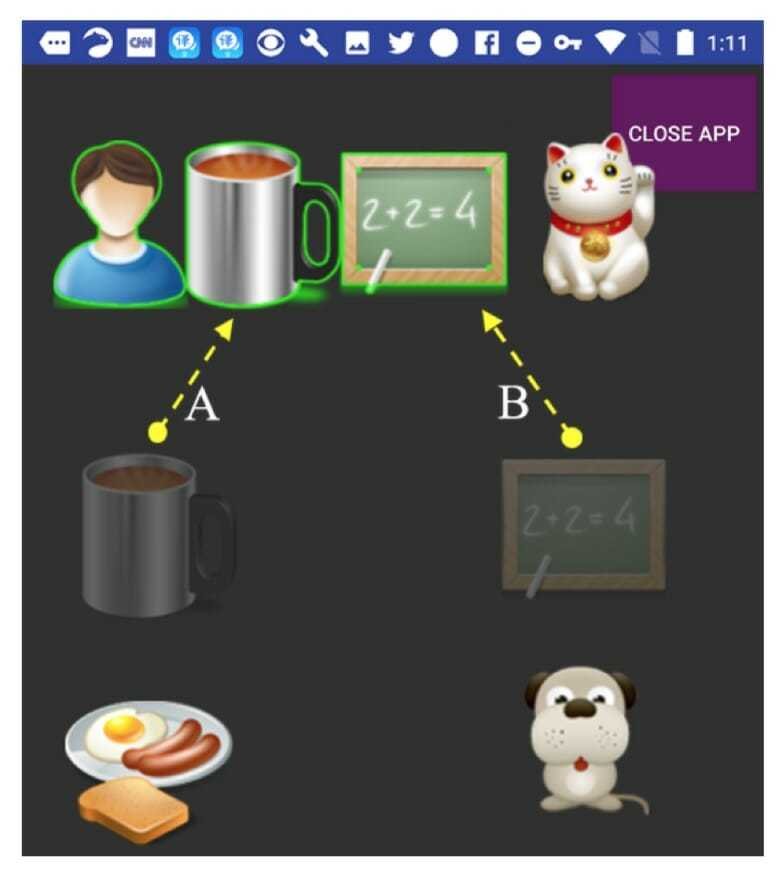Passwords with pictures: Humans are better at recognizing pictures than recognizing letters of the alphabet. This is also why we start as children with picture books.
So we can understand why we can not remember strong passwords. Abstract characters, the arrangement of letters, numbers and sequence, in a non-word standard, do not help memorize. Strong passwords seem to be above human powers.
In the days of ASCII terminals and line connections orders, passwords made some kind of sense. But today, the web interface is rich in graphics, colorful and flashy.
So why are we stuck in alphanumeric passwords? This is the question that examines SemanticLock's paper:
SemanticLock: An authentication method for mobile devices using semantically-linked images.
The idea
Instead of arbitrarily setting alphanumeric symbols in an invisible order, you can use a set of images. From these pictures, you can choose some that tell a story that makes sense and you won't forget. The story can be very simple: “ in the morning I eat breakfast with coffee ”.
So when you try to unlock your phone, a website, or an online service, you can simply choose from a group of images to filter your story. Today's screens could accommodate 12 with 20 images, or icons, that could expand the number of possible combinations.
Below is a graph of images depicting the concept:
 The techniques used by SemanticLock are based on standards. Users drag their finger over images trying to describe the concept they have created as a password.
The techniques used by SemanticLock are based on standards. Users drag their finger over images trying to describe the concept they have created as a password.
Ο control identity with passwords based on such standards is faster than PIN codes, but is vulnerable to smearing attacks, where the fingerprint on the screen reveals the images. So the images can change order to require different movements to "tell" the same story.
Test results
The researchers looked at the advantages of SemanticLock over PIN and Patterns authentication. They found that while Patterns gave faster connections and PINs had the lowest error rate. But the memorization of SemanticLock stories as passwords was far superior, with only 10% of test participants unable to remember their passwords. This was much lower than the other methods.
Researchers have been exploring virtual passwords for more than a decade, but what is innovative in this approach is the focus on storyline memorization, which is well-known to the man he likes to narrate.
Biometrics certainly simplifies it problem identity, but the study we mention above shows that there are ways that could replace passwords.
_________________________
- The free version of Microsoft Teams is now available
- The EU imposed a fine 4,4 twice in Google on a monopoly on Android
- Scientific Linux 6.10: The latest version of 6 was released





